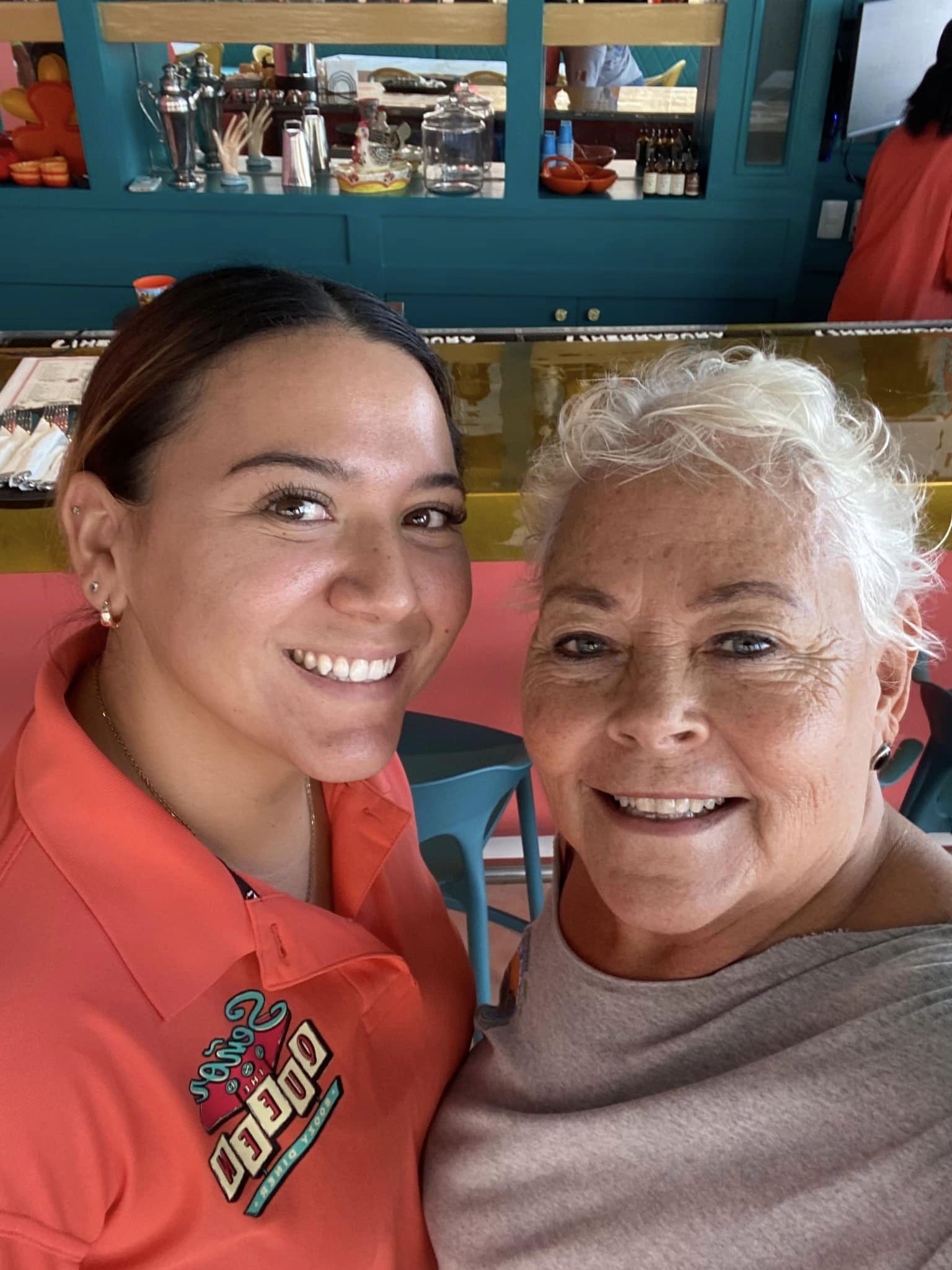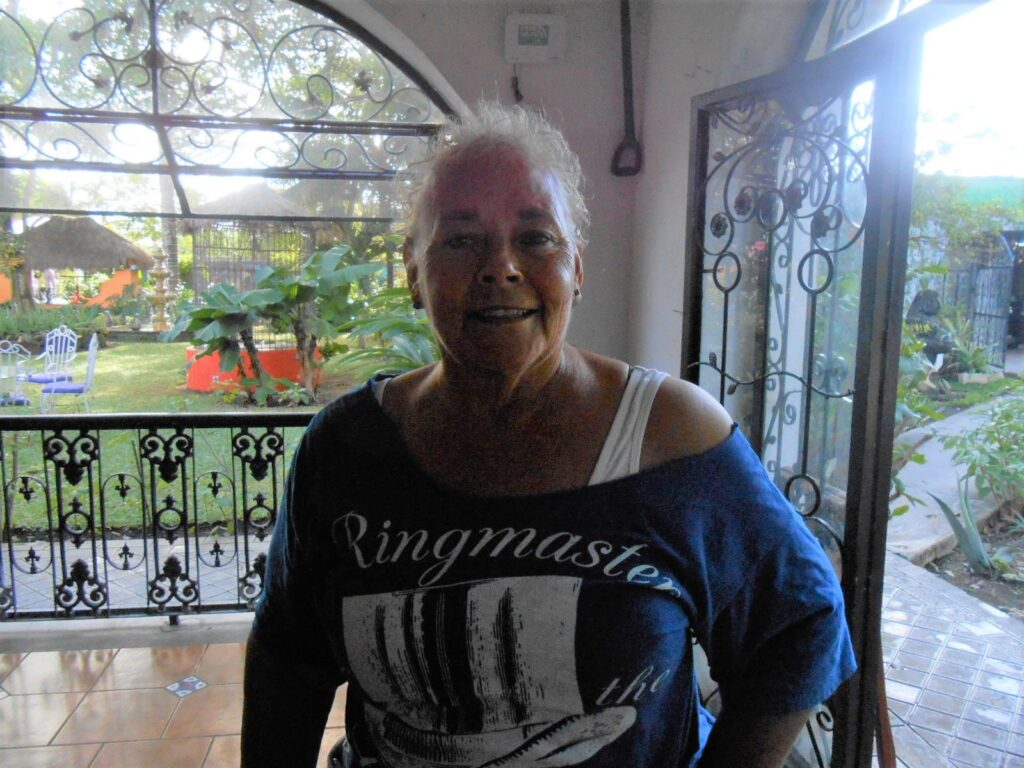Cindy Trautwein a favorite in Cozumel for Sunday Funday.
I am able to pull up to a little empty lot with tent cover and find Manuel and his wife with a great bin of freshly made Cochinita Soaking in the juices. Manuel also known as his place El Mango de Manny on felipe angeles and 5 In Cozumel. Every week and only on Sundays he makes 100 kilos of this famous pork for locals. Tacos in Cozumel or Tortas he will also sell kilos of the cochinita and its juices. The Sunday special includes homemade habanero sauce and fresh, pickled red onions. Don’t miss it when you’re planning to visit Cozumel specially, on a Sunday.
Cochinita pibil is a traditional Yucatec Mayan slow-roasted pork dish from the Yucatán Peninsula. The name “cochinita” means “little pig” and “pibil” means “buried.” The dish is traditionally cooked in a pib, which is an underground oven.
The history of cochinita pibil dates back to pre-Hispanic times. The Mayans used to make a similar dish with game meats such as venison and wild boar. They would cook the meat in a pib, wrapped in banana leaves. The banana leaves helped to keep the meat moist and flavorful.
When the Spanish arrived in the Yucatán Peninsula in the 16th century, they brought pigs with them. The Mayans adopted pigs as a food source and began to make cochinita pibil with pork. The dish quickly became a favorite among the Mayans and it is still popular today. The traditional way to make cochinita pibil is to marinate the pork in a mixture of sour orange juice, achiote paste, and spices. The pork is then wrapped in banana leaves and cooked in a pib for several hours. The result is a tender, juicy, and flavorful pork dish with a rich, smoky flavor.
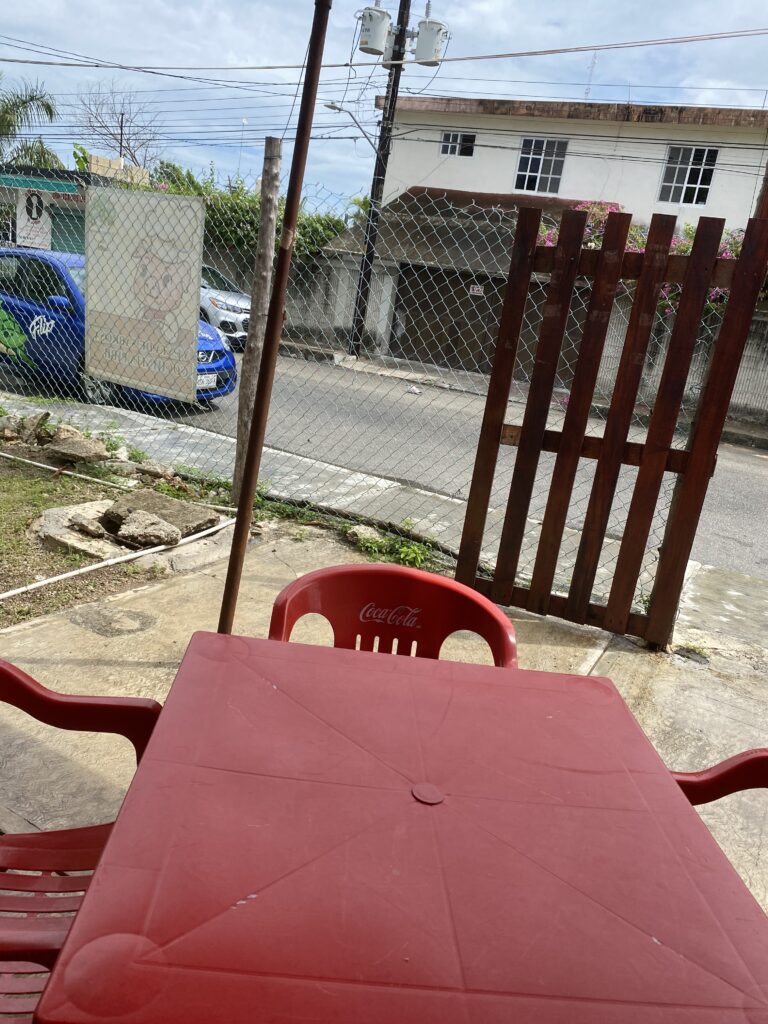

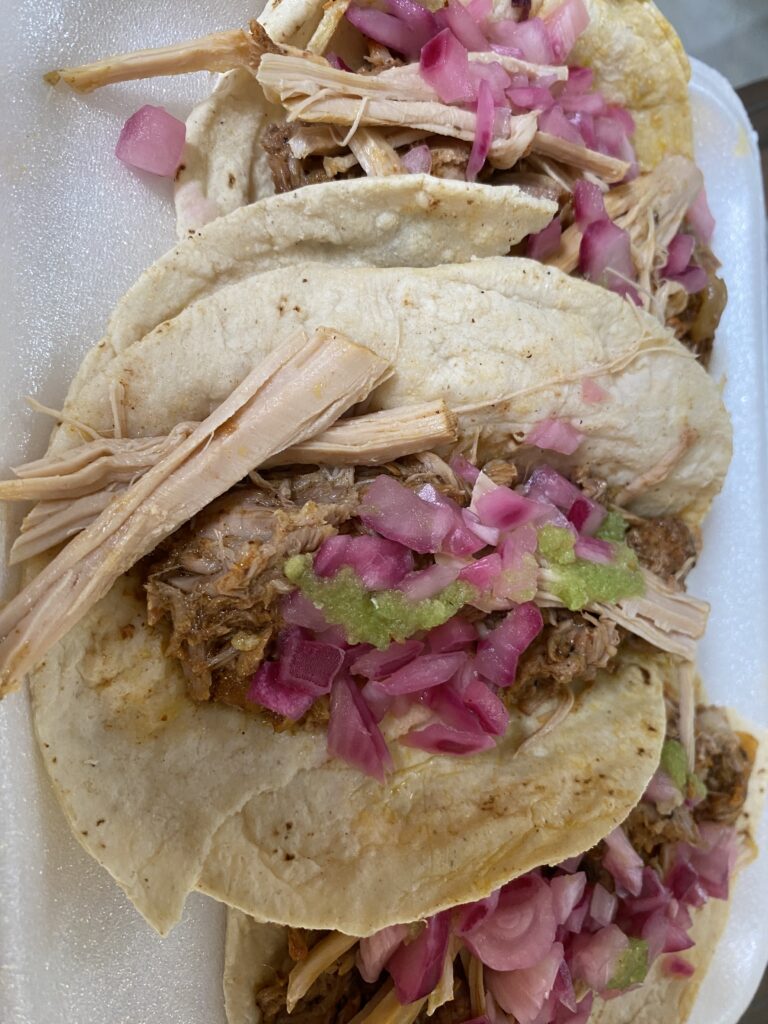

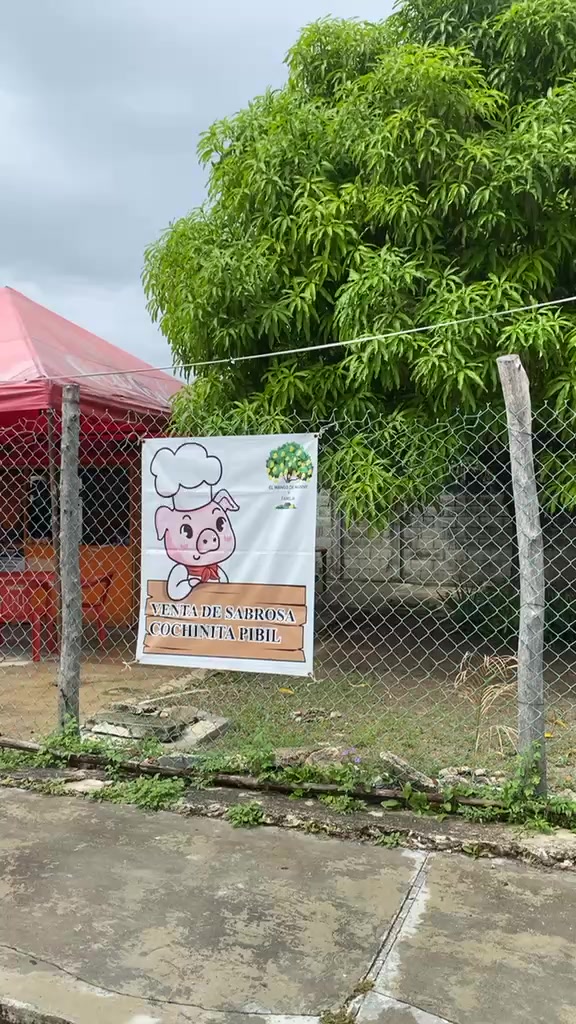

Cochinita pibil is often served with pickled onions, habanero salsa, and tortillas. It is a popular dish for special occasions such as weddings, birthdays, and holidays. It is also a popular street food in the Yucatán Peninsula.
Here are some interesting facts about cochinita pibil:
- The original cochinita pibil recipe involved roasting a whole baby pig between the ages of 2 and 6 weeks.
- The word “cochinita” comes from the Mayan word “cochi,” which means “the one who sleeps.” This is because indigenous people observed that pigs went to sleep after eating.
- The annatto seeds that give cochinita pibil its characteristic orange color were also used by the Mayans as a natural dye for textiles and body paint.
- Cochinita pibil is a symbol of the Mayan culture and it is often served at traditional Mayan ceremonies and festivals.


